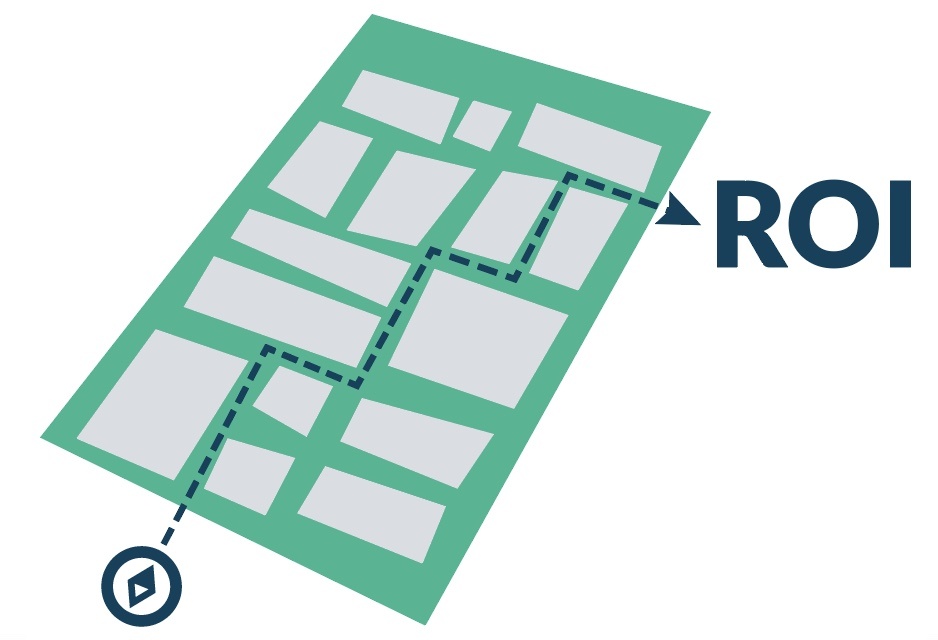 Really good enterprise sales people are a lot like 007 “superagents.” They are resourceful, fast-acting and masterful users of the best tools of their trade. They know how to scan and assess a situation for opportunities and dangers, and perfectly time when and how they take charge.
Really good enterprise sales people are a lot like 007 “superagents.” They are resourceful, fast-acting and masterful users of the best tools of their trade. They know how to scan and assess a situation for opportunities and dangers, and perfectly time when and how they take charge.
Sometimes a deal needs to be driven (NOT just closed).
There is much being made of the simultaneous movements of Sales 2.0, Social Selling, High Velocity Sales, and their relatives. And rightly so. Without question, there is value in these ideas and approaches. LinkedIn does make it easier for me to learn about—and connect with—someone in a way I never could before. The metrics of a SaaS-based business driven through inside sales gives me real time data about what’s working and allows me to quickly course correct in ways that were literally unimaginable just a few years ago. But sometimes, especially in larger complex account-based sales, those new advantages are simply not enough. In fact, more often than not, in the bigger deals at large accounts we need to apply the unique talents and approach of the sales superagent.
In many ways, the movie Bond movie Skyfall is a meditation on aging and old vs. new—the reflexes and innovation of youth vs. the wisdom of experience. And there is an obvious analogy here for salespeople.
But the more interesting question this comparison prompts is this—Do companies that sell complex, expensive stuff to large companies still need the capabilities that superstar salespeople bring to the table? The answer is an unmitigated yes. In fact, I would argue these companies need those talents and approaches more than ever.
As the skills built around product knowledge and customer relationships continue to be marginalized, the only real way to differentiate is built around the sales approach. In particular, finding a way to ensure the perspective of the buyers across the account—their level of engagement, growing or diverging consensus, and internal buying process—is a fundamental part of any view of a complex sales opportunity.
What allows that differentiated approach? No big surprise here. Great deals are basically defined by three characteristics:
- They’re driven by someone who knows how to drive
- They have a focus on value to the buyer
- They have an approach or system that ensures the perspective of the buyers is captured for every opportunity at every stage of the process
According to industry analyst CEB, buyers are struggling more than ever, and it’s critical selling organizations focus on making buying easier. In fact, a proactive, prescriptive approach increases purchase ease by 86%. Good sales people—and the rare organization—know how to drive deals this way. And, they know how to help their buyers build consensus. The only way a deal gets driven is if the buying organization essentially lets itself be driven. Prospects are more eager to be driven when your solution is aligned with the important business drivers, initiatives, and KPIs which are important to them; and they feel a sense of consensus among their key company associates, usually built around a business case.
Learning the buyer’s perspective is essential to driving—and confirming—solution alignment, consensus and deal momentum.
Do you have superagents? And are you arming them with tools to drive, learn, and align?
Go get your 007s. And make sure all your agents have the right gadgets.

